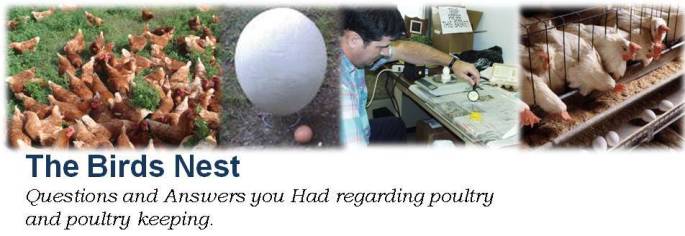There has been a lot of debate regarding genetically
modified organisms in the world. I
would
suggest that unless you catch it wild that what you are eating is genetically
modified. So technically (in my opinion),
in essence you can put a GMO tag on just about any food you can think of…
 |
| Source: Wilson's Page |
If we use corn for example, wild corn looks nothing like
the corn we eat today. Ever since Gregor
Mendel, Luther Burbank and Barbara McClintock (a corn geneticist) we have been
manipulating animal and plant genomes for years. This has allowed man to keep producing more
food on the same footprint of land. It also
has allowed more people to work elsewhere and spend a smaller portion of their
time and money on food.
Well, what about buying “vintage” breeds of chicken? Yes, unless kept in a random bred flock they
too are modified in some way, and look nothing like their ancestors. Poultry breeding companies adopted the same
genetic tools to poultry breeding and selection and made todays birds more
productive in the same environment of old. Even organic raised birds are using the identical genetics of conventional birds.
And, for that matter, man is also a genetically manipulated
species as well. While we could argue
that we are randomly selected, I would suggest that environmental influences
and social customs, taste & preferences are still at play in forming the
next generation. I would also suggest
that we look at the good that science has given to man, even in the food we eat. I believe it does outweigh the bad.






